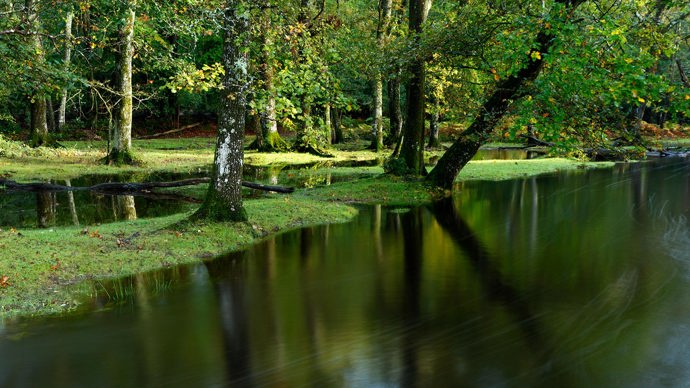
Credit: James Osmond / Alamy Stock Photo
River flooding
When a river can’t cope with the amount of water entering it and overflows its banks.
Trees and woods play a vital role in reducing flooding by slowing down the flow of rainwater, absorbing rainwater and reducing erosion.
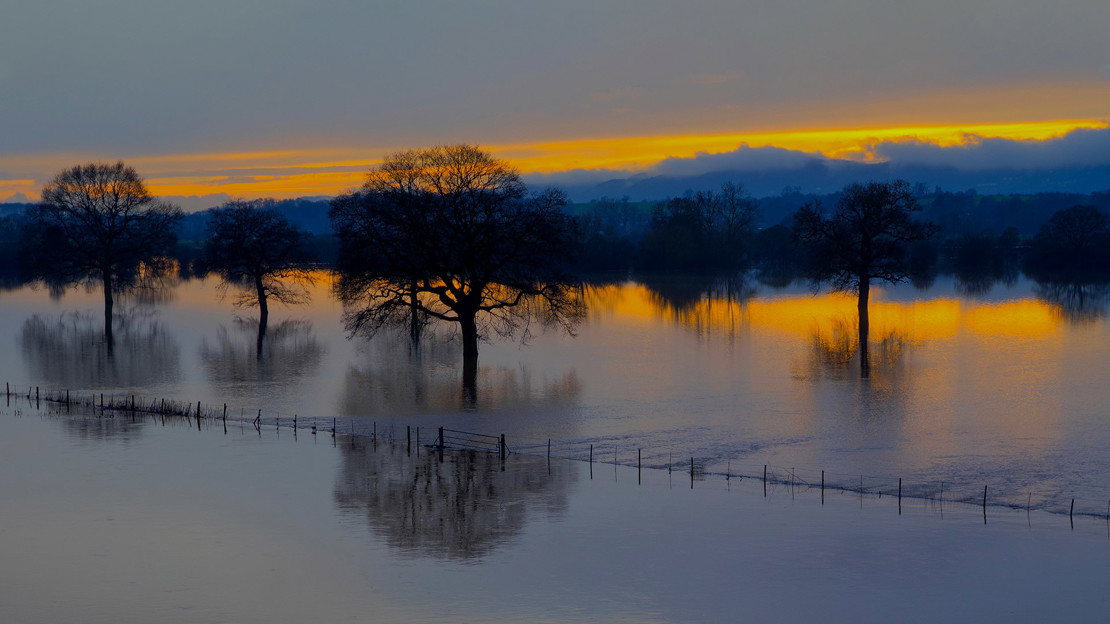
Storms are no longer isolated events but harbingers of a changing climate. Each year, relentless rain devastates numerous lives across the UK, drawing attention to the crucial role trees have in safeguarding both people and property.
A startling one in six homes face flood threats. 2023 witnessed the heaviest March rainfall in England and Wales in over four decades. And, February 2020 stands as the wettest month on record, ranking fifth since records began in 1862. Storms Ciara and Dennis alone inundated 3,300 properties, shattering countless homes and livelihoods.
With climate change, such extreme weather events will only intensify. But there's hope. By harnessing the power of trees and woods, we can bolster our flood defence and mitigate the crippling effects of such deluges.
Climate change has increased the likelihood of the extreme rainfall events which are now considered a significant risk factor for the UK.
Changes to our rural and urban landscapes also mean that rain is hitting the ground at higher speeds and taking much long to drain away, leading to an increased risk of flooding.

Credit: James Osmond / Alamy Stock Photo
When a river can’t cope with the amount of water entering it and overflows its banks.
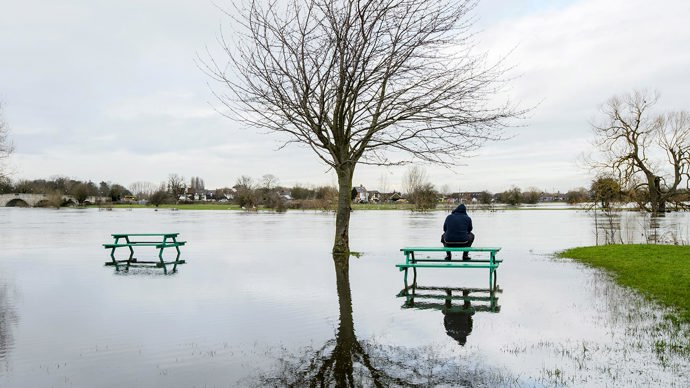
Credit: Terry Whittaker / Alamy Stock Photo
Heavy rainfall onto already saturated or compacted ground or hard surfaces runs across the surface and collects in lower areas.
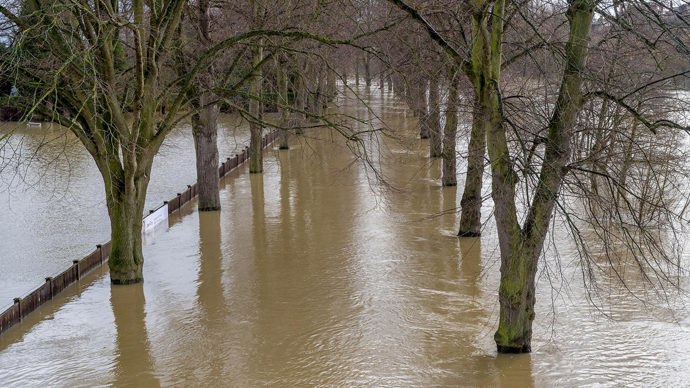
Credit: Philip Pickin / Alamy Stock Photo
Following heavy rain when drains have become blocked.
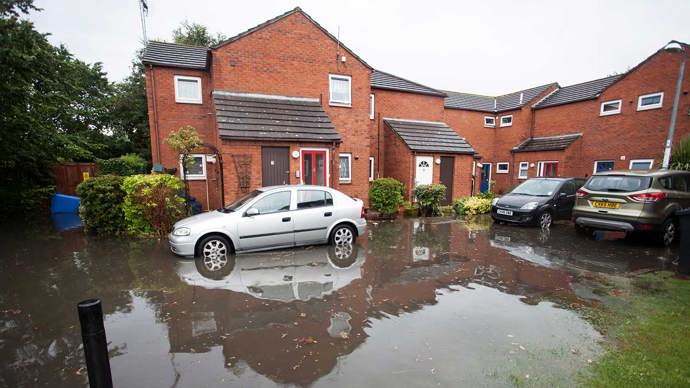
Credit: DGDImages / Alamy Stock Photo
When weather and tidal conditions combine to increase sea levels, inundating coastal areas. This type of flooding can surge inland often affecting nearby neighbourhoods.
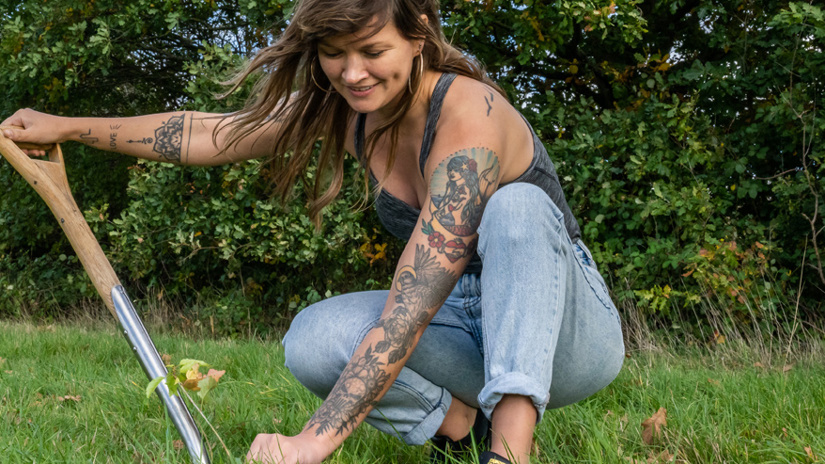
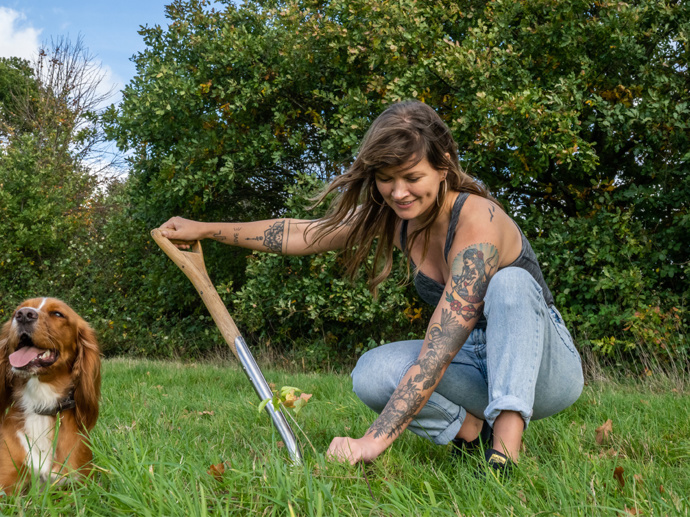
We're on a mission to grow millions of healthy, native trees across the UK to help protect us from the effects of climate change.
Flooding poses a serious risk. But there is hope.
We can respond to flooding by planting more trees. They help to reduce flooding in a number of ways, all while sequestering carbon, adding value to our lives, and much more. Here’s how they do it.
Rain hits the ground at higher speeds where there is a lack of tree cover. A canopy of leaves, branches and trunks slows down the rain before it hits the ground simply by getting in the way. We call this interception.
The interception of rainfall by trees can spread the effect of a rain storm over a longer time period. This allows some of the water (studies suggest up to 30%) to evaporate back into the atmosphere directly from the canopy without ever reaching the ground. All trees act in this way, but our native broadleaf trees do it best in summer when they’re in full leaf, but even in winter trees can intercept and re-evaporate rainfall.
Root systems help water penetrate deeper into the soil at a faster rate under and around trees. This means less surface run-off and more water storage in the soil.
In rural areas, the removal of trees and hedges and changes in cropping have increased run-off from fields. Planting trees and hedges can be effective in increasing water infiltration, and reducing and slowing run-off on farmland. Water infiltration rates can be 60 times higher within tree shelterbelts than adjoining farmland.
In towns and cities, the rise in impermeable surfaces such as roads, pavements and driveways has led to increased surface water run-off. Following UK-wide flooding in the summer of 2007, a report from Sir Michael Pitt identified the paving over of front and rear gardens as a major factor in surface water movement in towns and cities. Around two thirds of all the flooding in 2007 was as a result of surface water run-off.
That’s how much more trees reduce surface water run-off compared to asphalt.
An increase in green space could drastically reduce run-off in built-up areas. There are other, smaller ways to make a difference too. For example, the small patches of bare ground around street trees, known as tree pits, are sometimes covered by asphalt. Removing the asphalt is an easy way to improve water infiltration in urban areas.
Trees, shrubs and deadwood along riverbanks and on floodplains act as a drag on flood waters, holding back water and slowing the flow at times of flooding. But trees can help reduce flooding even when they’re not in the ground. Wood dams and deflectors are carefully placed and individually designed as a flood prevention measure.
These dams can be used to direct water into preferential areas, increasing temporary water storage and slowing down the flow of water. They are a low-cost solution that utilises natural materials and processes.
There are more than 25 different flood prevention measures, including dams, at our Smithills Estate near Bolton.
It's all about discovering the effectiveness of flood prevention measures in the uplands and how these can help alleviate any flooding in the lowlands. Smithills rises to 456m above sea level and borders a large urban area.
One of the measures is leaky dams, which have been placed in strategic locations across the uplands. They are made of log piles each placed further down than the last, creating a stepped landscape. As the water fills each step and slowly filters through the gaps between the logs, it slows the flow and soaks up the water.
There are also wetlands and scrapes, which involves creating a shallow excavation to hold water in the landscape.
So far the measures are producing positive results, reducing levels of excess water. And there's a bonus. The new environments have attracted an elusive insect never before seen in Greater Manchester, the keeled skimmer dragonfly.
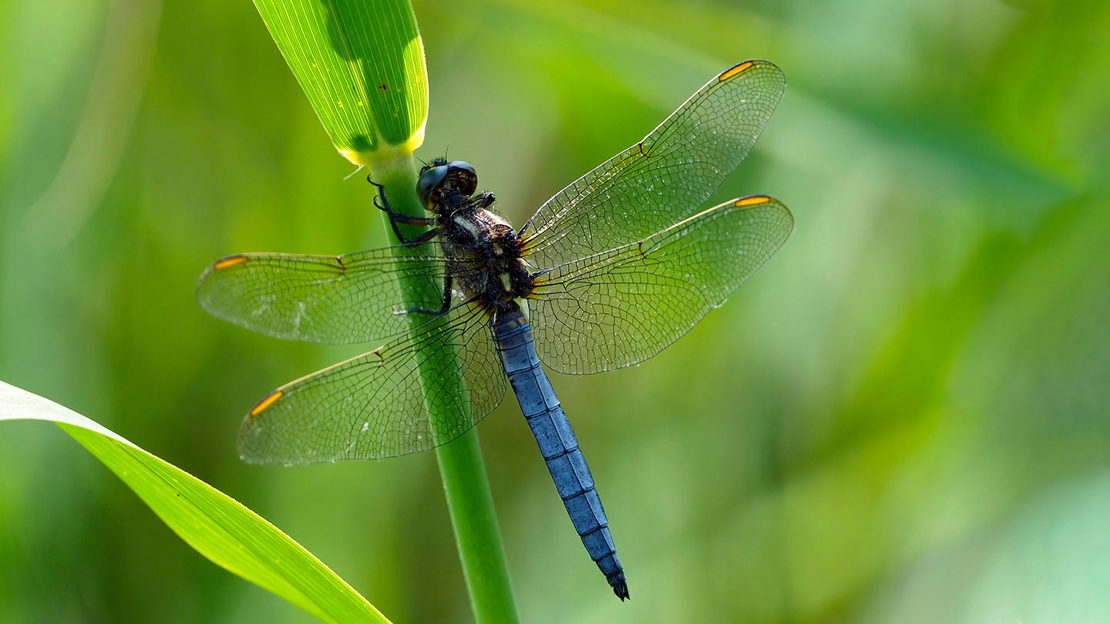
The message is loud and clear. The UK needs more trees.
Evidence and experience suggest that trees and green spaces play a central role in protecting us against flooding, offering cost-effective benefits. We must expand tree cover and protect and restore woodland on an unprecedented scale.
That's why our work is so important...
Our work will ensure the UK can tackle its climate and biodiversity crises at the same time. Find out how we'll make it happen in our Emergency Tree Plan for the UK.
Keep exploring